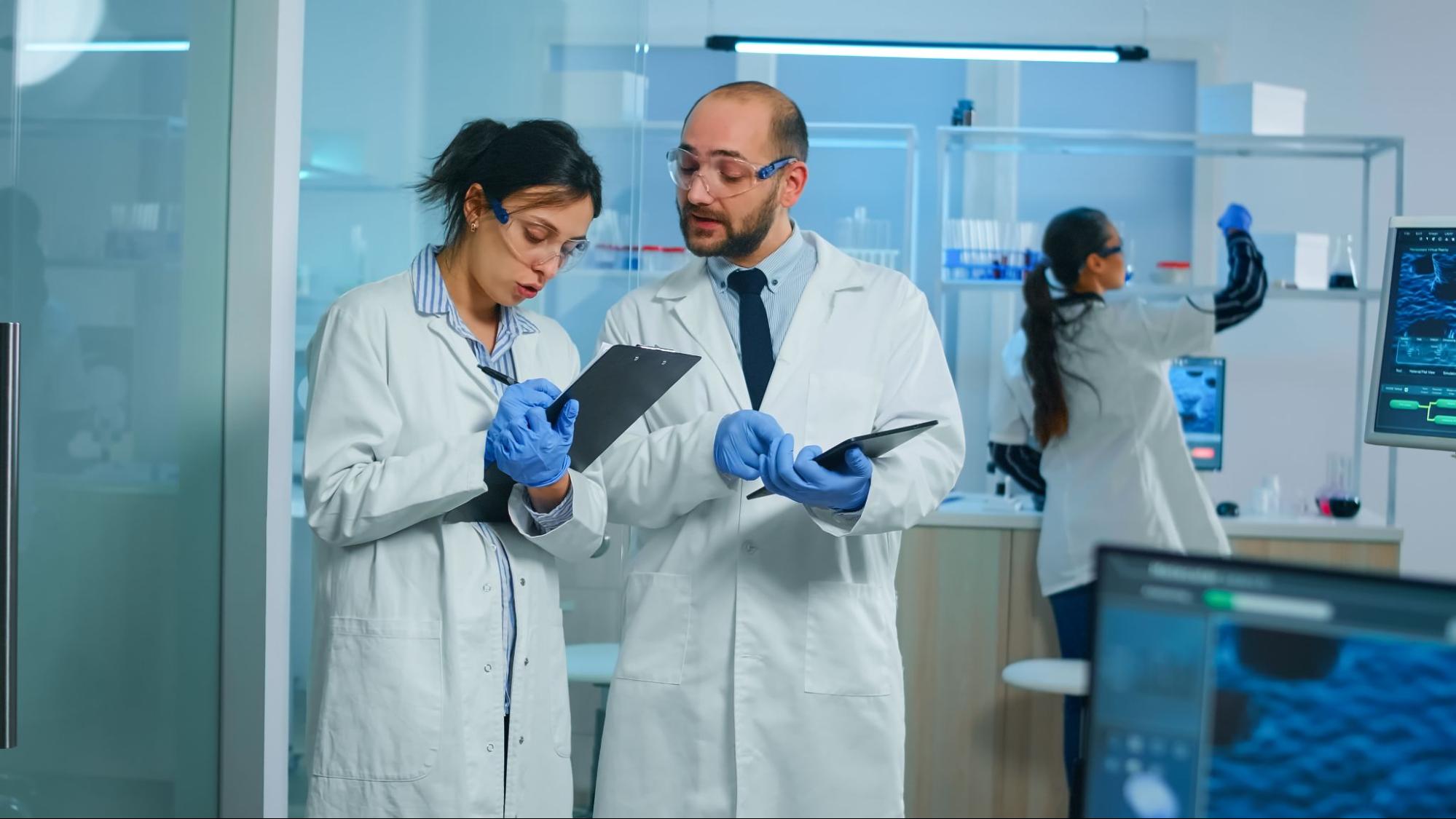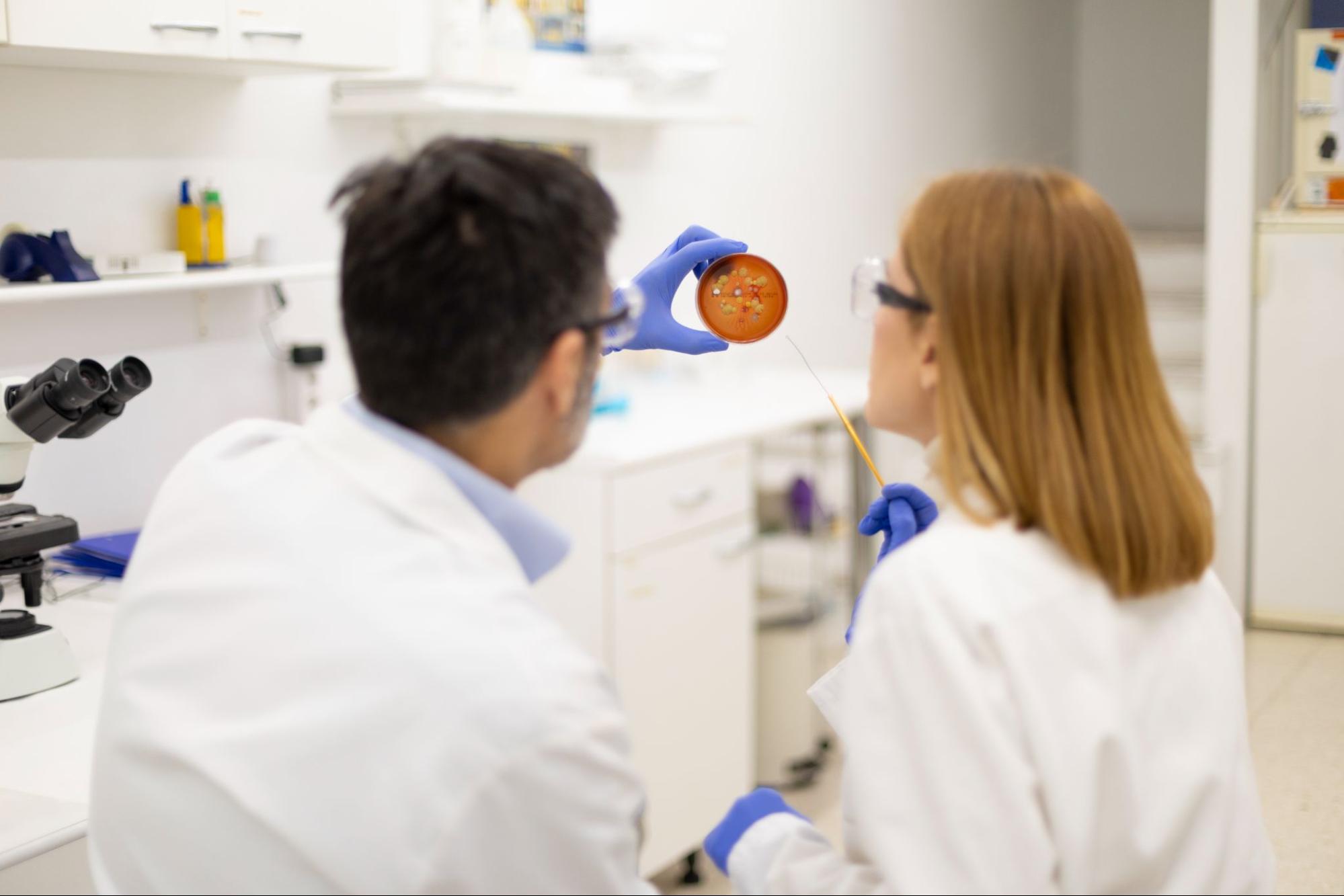
What is Regenerative Therapy?
Regenerative therapy is an advanced medical treatment that focuses on repairing, restoring, and regenerating damaged tissues and organs within the body. Unlike traditional treatments that manage symptoms, regenerative medicine stimulates the body’s natural healing processes, leading to long-term recovery and improved function. With groundbreaking advancements in stem cell therapy, platelet-rich plasma (PRP) treatments, and tissue engineering, regenerative medicine transforms how we approach healing. This blog explores the science behind regenerative therapy, its various types, the conditions it treats, and its potential for revolutionizing modern medicine.
The Science Behind Regenerative Therapy
The human body has an inherent ability to heal itself. It continuously regenerates cells from minor cuts to broken bones to repair damage. However, certain injuries, degenerative diseases, and aging-related conditions limit this ability. Regenerative therapy leverages the body’s natural healing mechanisms by providing biological materials—such as stem cells, growth factors, or engineered tissues—that accelerate and enhance regeneration.
How Does Regenerative Therapy Work?
At its core, regenerative medicine is based on cellular biology and tissue engineering. The therapy works by stimulating the body’s cells to regenerate damaged tissues or introducing new, healthy cells to replace the damaged ones. This process is particularly useful in treating injuries that do not heal effectively, such as cartilage damage, ligament injuries, and even degenerative neurological disorders.
Types of Regenerative Therapy
Several forms of regenerative therapy are currently being used in clinical and experimental settings. The most common include:
1. Stem Cell Therapy
Stem cell therapy is one of the most promising approaches in regenerative medicine. Stem cells are undifferentiated cells that can develop into specialized cell types. They can replicate and repair damaged tissues, making them invaluable for treating injuries and degenerative diseases. There are different types of stem cells used in therapy:
Embryonic Stem Cells (ESCs)
ESCs are derived from embryos and can become any cell type. However, their use is controversial due to ethical concerns. Despite the controversy, ESCs remain a critical research focus for treating degenerative diseases and tissue regeneration.
Adult Stem Cells (ASCs)
Found in tissues such as bone marrow and fat, these cells are more limited in their ability to differentiate but are commonly used for orthopedic and autoimmune conditions. ASCs are valued for their ability to promote healing and reduce inflammation without the ethical concerns associated with embryonic stem cells.
Induced Pluripotent Stem Cells (iPSCs)
Created by reprogramming adult cells to behave like embryonic stem cells, iPSCs offer the benefits of ESCs without ethical complications. These cells are particularly promising for personalized medicine, as they can be generated from a patient’s cells, reducing the risk of immune rejection.
Mesenchymal Stem Cells (MSCs)
MSCs are a type of adult stem cell found in bone marrow, adipose (fat) tissue, umbilical cord blood, and placenta. They have strong anti-inflammatory and immunomodulatory properties, making them valuable for treating autoimmune diseases, orthopedic injuries, and cartilage regeneration.
Hematopoietic Stem Cells (HSCs)
These stem cells are found in bone marrow, peripheral blood, and umbilical cord blood and are responsible for forming all types of blood cells. HSC therapy is commonly used in bone marrow transplants to treat blood disorders like leukemia, lymphoma, and sickle cell anemia.
Amniotic Stem Cells (ASCs)
Found in amniotic fluid and the placenta, these cells are highly potent but non-controversial, as they are collected from donated birth tissues. They contain growth factors, cytokines, and hyaluronic acid, which promote healing, reduce inflammation, and regenerate damaged tissues.
Very Small Embryonic-Like Stem Cells (VSELs)
These rare stem cells are found in bone marrow and circulating blood and are thought to share similarities with embryonic stem cells. VSELs have the potential to differentiate into multiple cell types and are being researched for their applications in cardiovascular disease, diabetes, and neurodegenerative disorders.
Perinatal Stem Cells
This category includes stem cells from the umbilical cord (Wharton’s Jelly), amniotic fluid, and placenta. They are multipotent, meaning they can develop into various types of cells but are less likely to cause immune rejection.
Neural Stem Cells (NSCs)
Found in the brain and spinal cord, these stem cells can generate neurons, astrocytes, and oligodendrocytes. NSCs are being explored for treating Alzheimer’s disease, Parkinson’s disease, multiple sclerosis, and spinal cord injuries.
Cardiac Stem Cells (CSCs)
These stem cells are found in heart tissue and can regenerate damaged cardiac muscle. CSCs are being studied for their role in repairing heart tissue after a heart attack or heart failure.
Dental Pulp Stem Cells (DPSCs)
These stem cells can differentiate into bone, cartilage, and nerve cells in the soft tissue inside teeth. DPSCs are being explored for craniofacial repair, nerve regeneration, and even spinal cord injury recovery.
2. Platelet-Rich Plasma (PRP) Therapy
PRP therapy uses the patient’s blood to promote healing. Blood is drawn and processed to concentrate platelets containing growth factors that stimulate tissue repair. The PRP is injected into the injured area, encouraging cell regeneration and reducing inflammation.
3. Prolotherapy
Prolotherapy involves injecting an irritant solution, often dextrose or saline, into the affected joint or ligament. This solution creates a mild inflammatory response, which signals the body to initiate healing. Over time, prolotherapy strengthens weakened connective tissues and reduces pain.
4. Tissue Engineering and Bioprinting
Tissue engineering combines biomaterials, living cells, and biochemical factors to create functional tissues that replace or repair damaged body parts. Scientists are now developing bioengineered tissues and even 3D bio-printed organs, which may one day eliminate the need for organ transplants.
5. Gene Therapy
Gene therapy involves modifying a patient’s DNA to correct genetic disorders or enhance healing capabilities. This approach is particularly promising for inherited diseases and certain forms of cancer.

Conditions Treated by Regenerative Therapy
Regenerative medicine is being explored as a treatment for a wide range of conditions, including:
Musculoskeletal Injuries and Joint Disorders
Regenerative therapies help repair damaged joints, bones, and connective tissues by stimulating the body’s natural healing processes. These treatments offer non-surgical alternatives for pain relief and improved mobility.
Osteoarthritis
Stem cell therapy and PRP injections regenerate cartilage, reduce inflammation, and alleviate joint pain. These treatments provide a potential long-term solution for managing arthritis symptoms and delaying surgery.
Tendon and Ligament Tears
Athletes commonly use PRP therapy and prolotherapy to accelerate recovery and strengthen damaged tendons and ligaments. These regenerative treatments help restore function while reducing the risk of re-injury.
Fractures and Bone Defects
Bone grafting and stem cell therapy can enhance bone regeneration, leading to faster and more complete healing. These approaches are particularly beneficial for complex fractures and conditions that impair bone growth.
Neurological Disorders
Regenerative medicine is being explored to restore nerve function and repair damaged brain and spinal tissues. These therapies offer new hope for conditions with limited treatment options.
Spinal Cord Injuries
Stem cell therapy aims to repair nerve damage, potentially restoring lost motor function and sensation. Ongoing research is investigating its potential to improve outcomes for paralysis and spinal trauma.
Multiple Sclerosis
Regenerative treatments focus on repairing the damaged myelin sheath that protects nerve fibers in multiple sclerosis. These therapies may slow disease progression and improve neurological function.
Parkinson’s Disease
Stem cell research explores ways to replace lost dopamine-producing neurons critical for movement and coordination. This approach could lead to new treatments that restore function and reduce symptoms.
Cardiovascular Diseases
Regenerative medicine advances heart disease treatment by promoting tissue repair and improving blood vessel function. These therapies aim to restore heart health after damage from heart attacks and congenital conditions.
Heart Attack Recovery
Stem cells are being investigated for their ability to regenerate damaged heart tissue and improve cardiac function. These treatments could help prevent long-term complications following a heart attack.
Congenital Heart Defects
Tissue engineering is being explored as a potential solution for heart valve repair and other structural defects. These advancements could reduce the need for lifelong medications or multiple surgeries.
Autoimmune Diseases
Regenerative treatments focus on modulating the immune system and repairing tissue damage caused by autoimmune conditions. These therapies could offer long-term relief for chronic inflammatory diseases.
Rheumatoid Arthritis
Stem cell therapy can potentially regulate the immune response and reduce joint inflammation. This approach could provide a disease-modifying treatment rather than symptom management.
Lupus
Regenerative treatments aim to repair organ damage and improve immune function in lupus patients. These therapies could reduce flare-ups and enhance overall quality of life.
Diabetes and Metabolic Disorders
Scientists are exploring regenerative therapies to restore insulin production and regulate metabolism. These approaches could revolutionize diabetes treatment and metabolic health management.
Type 1 Diabetes
Researchers are working on regenerating insulin-producing beta cells in the pancreas using stem cell therapy. This breakthrough could eliminate the need for daily insulin injections.
Obesity-Related Conditions
Gene therapy and regenerative medicine may one day help regulate metabolism and improve weight management. These treatments could address the root causes of obesity rather than just its symptoms.
Chronic Pain and Nerve Damage
Regenerative therapies target the root cause of chronic pain by repairing damaged nerves and reducing inflammation. These treatments offer a non-opioid alternative for long-term pain management.
Peripheral Neuropathy
PRP and stem cell treatments may help regenerate damaged nerves, improving sensation and reducing pain. These therapies offer hope for individuals with diabetes-related neuropathy and other nerve disorders.
Fibromyalgia
Research explores how regenerative medicine might address widespread pain and fatigue by repairing damaged tissues and reducing inflammation. These treatments could provide long-term relief for fibromyalgia patients.
Skin Conditions
Regenerative medicine repairs and rejuvenates damaged skin by stimulating collagen production and promoting tissue regeneration. These therapies offer new solutions for chronic wounds, scarring, and skin aging.
Chronic Wounds and Ulcers
Stem cell therapy and PRP treatments are being explored for their ability to accelerate wound healing, particularly for diabetic ulcers and pressure sores. By promoting new cell growth and increasing blood flow, these treatments may help prevent severe complications and amputations.
Burn and Scar Treatment
Regenerative therapies, including skin grafting and bioengineered tissues, help repair severe burns and reduce scarring. Stem cell-based treatments stimulate skin regeneration and improve elasticity, offering a potential alternative to traditional skin grafts.
Skin Rejuvenation and Anti-Aging
PRP therapy, microneedling, and stem cell-based treatments stimulate collagen production and enhance skin elasticity. By utilizing the body’s natural regenerative processes, these therapies improve skin texture, reduce wrinkles, and promote a youthful appearance.
The Future of Regenerative Therapy
The field of regenerative medicine is still evolving, but its potential is immense. Scientists are working on:
Advancing Stem Cell Applications
Researchers are exploring how stem cells can regenerate tissues, repair spinal cord injuries, and even grow entire organs in labs. These advancements could revolutionize medicine by providing personalized, regenerative treatments for previously untreatable conditions.
Refining CRISPR Gene Editing
This cutting-edge technology can correct genetic diseases at their source by precisely modifying DNA. Future advancements in CRISPR could cure inherited disorders, cancer, and other chronic conditions.
Enhancing Bioprinting Capabilities
3D bioprinting is being developed to create functional tissues and organs, potentially eliminating the need for donor transplants. This breakthrough could transform regenerative medicine by offering customized, lab-grown organs tailored to individual patients.

Is Regenerative Therapy Right for You?
Regenerative therapy is transforming the medical landscape, offering new hope for those suffering from chronic pain, injuries, and degenerative diseases. While research continues to unlock new possibilities, many regenerative treatments—such as PRP and stem cell therapy—are already available and delivering life-changing results. If you’re considering regenerative therapy, consult a medical professional to determine if it’s the right option for your condition. As advancements continue, the future of medicine is looking brighter, with regenerative therapy at the forefront of healing and innovation.
To learn more about the latest advancements in stem cell therapy and other regenerative solutions, visit our Stem Health Plus LLC blog for expert insights, research updates, and real-world regenerative medicine applications. Stay informed and take the next step toward a healthier, regenerative future—explore more at Stem Health Plus LLC today!
